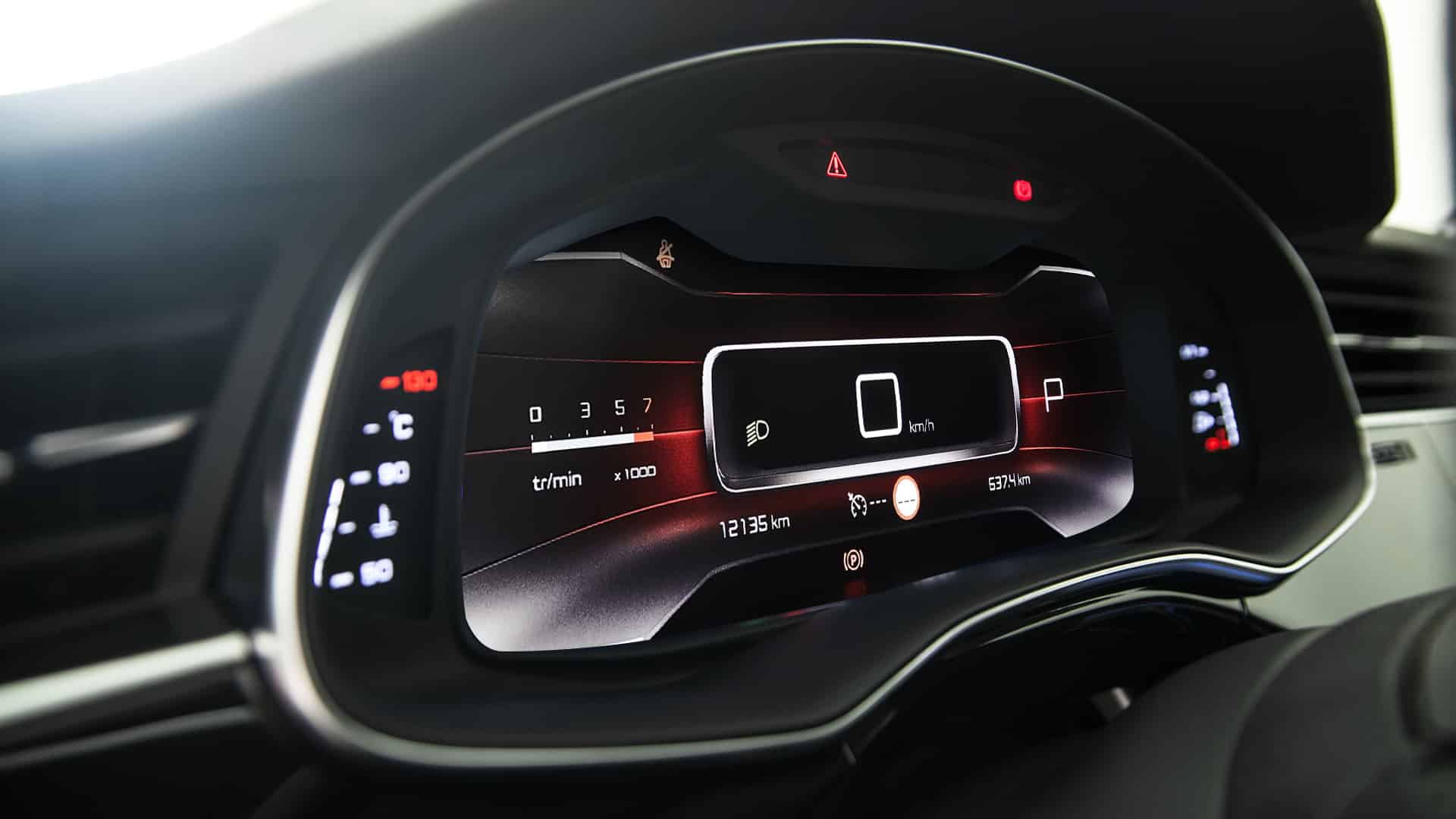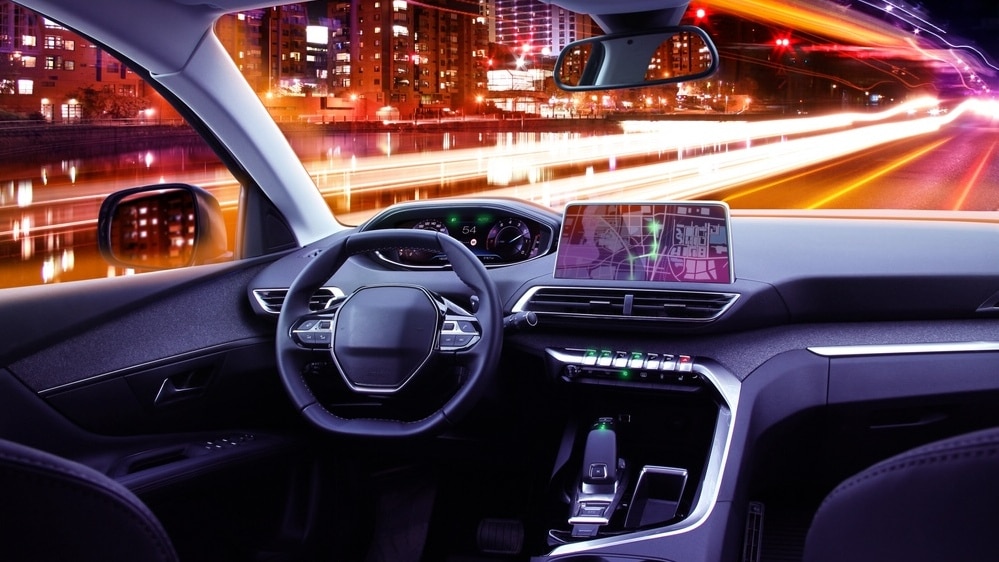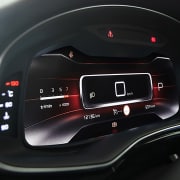Navigating the Evolution of the Instrument Cluster in Modern Vehicles

What is an Instrument Cluster in a Car?
Introduction
A vehicle’s instrument cluster, a collection of gauges and indicators on the dashboard, provides drivers with crucial operating data. It is the primary interface for real-time vehicle performance and safety monitoring. Knowing “what is a cluster in a car” helps grasp current automotive technology and its effects on driving and vehicle maintenance.
Key Components
Highlighting an instrument cluster’s primary components displays a complex network of devices and sensors that deliver accurate, real-time data.
- An essential element, the speedometer, indicates the vehicle’s speed using an electrical sensor attached to the transmission and helps drivers comply with speed regulations. Today’s speedometers use signals from the electronic control unit (ECU), which collects data from sensors like the vehicle speed sensor to provide up to 5% accuracy.
- The tachometer shows the engine’s RPM and load. It allows appropriate gear changes and reduces engine over-revving while increasing engine life and fuel economy.
- When discussing what is a cluster in a car, it includes the fuel gauge, which uses a variable resistor in the fuel tank to detect gasoline level and track fuel use.
- Oil pressure gauges, replaced with warning lights in contemporary clusters, warn of engine oil pressure fluctuations to avoid engine impairment.
- The digital odometer records the vehicle’s overall mileage for maintenance and resale.
- Turn signal indicators support safe driving by visualizing directional changes.
So, these complicated electrical and mechanical engineering components highlight the instrument cluster’s involvement in vehicle performance, security, and upkeep.
Benefits of FIC’s Digital Instrument Cluster
Integrated Navigation Applications
The navigation applications in FIC’s digital clusters use GPS, GLONASS, and other satellite systems to give accurate and current route information. FIC provides drivers with real-time traffic information, route recommendations, and location services. This holistic plan increases the driving experience with choices and redundancy in navigation solutions. Furthermore, it also addresses “what does service instrument cluster mean” while assuring drivers are well-informed and can make fast decisions based on complete directional data.
Proven On-Board Installation Achievements
With its digital clusters in key vehicle models, FIC has succeeded in the automotive business. ISO 16750-2 and SAE J1455, which assess environmental and electromagnetic compatibility, were used for these systems. These implementations show improved user engagement, and drivers praise the system’s intuitive design and dependability. In particular, digital clusters have made driving more customized while letting drivers modify displays and access car diagnostics. It indicates FIC’s novel designs’ practical advantages and user happiness.
User Feedback and Technical Advancements
User remarks on FIC’s digital instrument clusters compliment the high-definition display and customizable interface. FIC’s microcontrollers and graphic processors create complex 3D visualizations without latency. Thus, it improves the dashboard’s looks and usefulness. This technology renders driving more enjoyable and informative while displaying vital vehicle stats, navigation, and entertainment choices in a user-friendly way. It shows FIC’s attention to strengthening the driver-vehicle conjunction via technology and user-centered design. Meanwhile, it helps answer the question of what does service instrument cluster mean.
Future Trends: The Move Towards a Smart Cockpit

The smart cockpit represents a significant advancement in automobile innovation by integrating the Digital Instrument Cluster, HUD, IVI, and ADAS, transforming the driving experience. This evolution in cockpit technology converts traditional analog gauges and dials into a digital, interactive display. Information such as vehicle speed, previously shown via analog pointers, is now displayed digitally on high-resolution LCD screens. This change enhances real-time data delivery and driver feedback, utilizing advanced sensors and software algorithms to improve alertness and driving safety.
Contemporary digital instrument clusters, which are key to comprehending what is an instrument cluster in this context, have customizable interfaces that allow drivers to prioritize directions and trafficat a glance. Thus, it helps lower cognitive load and reaction times. HUD technology displays vital data on the windshield. It keeps drivers’ eyes on the road while cutting driver response time (1.3 seconds for the central HUD location).
IVI systems have also progressed from entertainment units to hubs that accept voice commands, interface with personal devices, and give remote car management and predictive care notifications. ADAS uses sensors and cameras for automated braking, lane-keeping assistance, and adaptive cruise control. Research shows that ADAS technology could cut road accidents by 47%. It highlights the urgency of smart cockpits. Moreover, these technologies also render driving more intuitive and absorbing to prepare for driverless cars.
Explore FIC’s Digital Instrument Clusters
Car manufacturers wondering about “what does service instrument cluster mean” in current vehicles will find FIC’s digital instrument clusters a pioneering solution in automotive technology. FIC creates configurable, high-performance dashboards using modern LCD screens and QNX software systems. They prioritize hardware-software integration and worldwide quality standards for reliability. FIC’s portfolio offers a compelling standard for upgrading vehicle interface designs with elegant, user-centric digital clusters.





